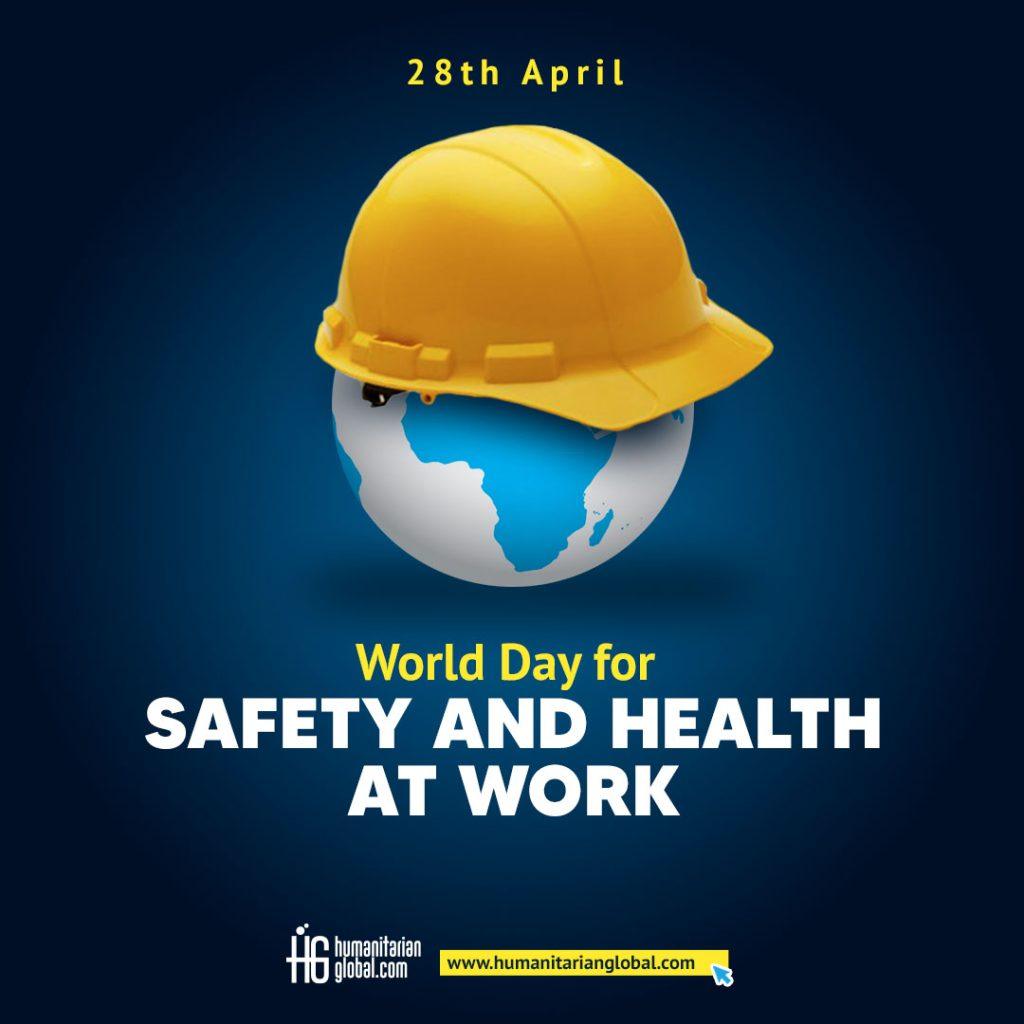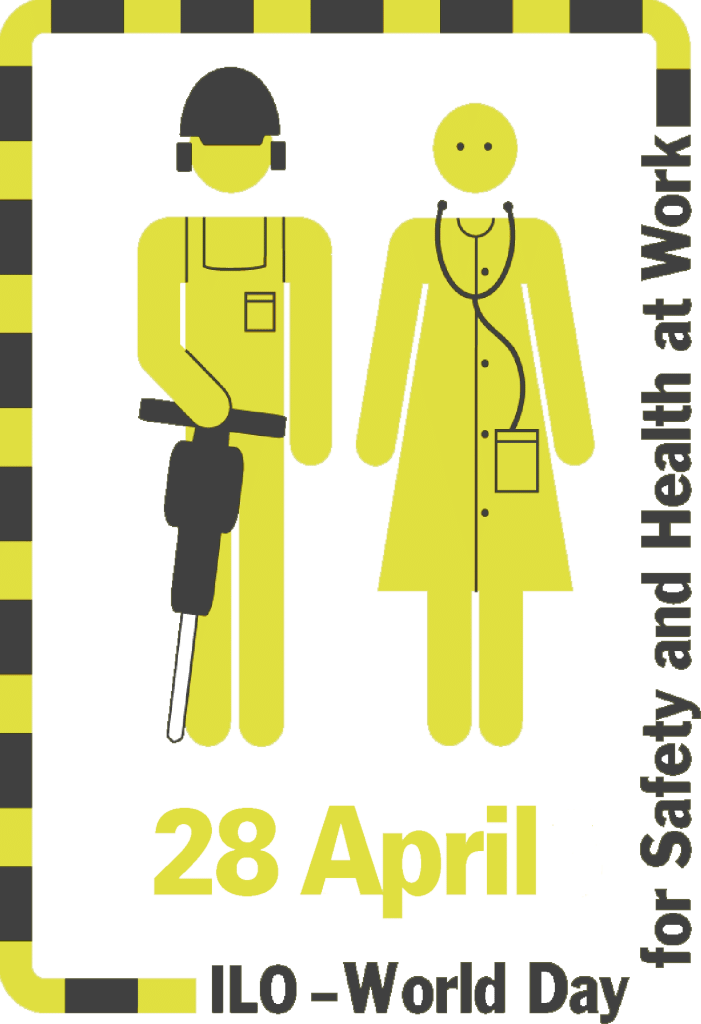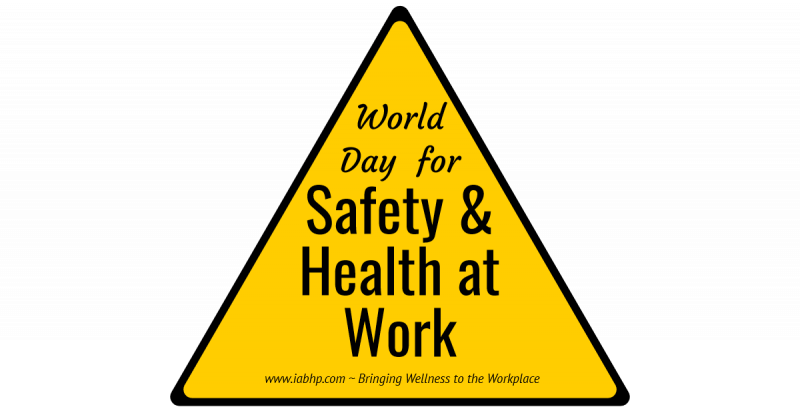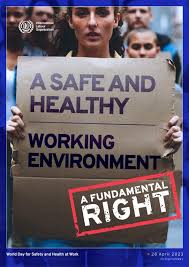Why is 28 April important ? Imagine a world where no worker fears injury, illness, or death just for showing up to their job. A world where safety isn’t an afterthought but the foundation of every workplace. This vision drives **World Day for Safety and Health at Work**, observed every April 28th. Established in 2003 by the International Labour Organization (ILO). This day honors those who’ve lost their lives to work-related hazards. But in today’s rapidly evolving world—marked by climate crises, gig economies, and mental health challenges—what does workplace safety *truly* mean? Let’s explore.

### **From Tragedy to Transformation: The Origins of April 28th**
April 28th was chosen to commemorate workers’ rights movements and mourn those lost to workplace accidents. But it’s also a day of action. Historically, safety efforts focused on reacting to disasters. Today, the goal is *prevention*—proactively identifying risks before they harm people.
The statistics are sobering:
– Over **3 million workers die annually** from work-related accidents or diseases (ILO, 2023).
– Unsafe workplaces drain economies, costing up to **4% of global GDP** yearly in lost productivity and healthcare.
These numbers aren’t just data—they represent parents, siblings, and friends. The shift from “fixing problems” to “preventing them” has saved countless lives, but the fight is far from over.

### **The Modern Workplace: Hidden Risks in Plain Sight**
Work today looks nothing like it did 20 years ago. While industries like construction and mining remain high-risk, new dangers lurk in unexpected places:
1. **Physical Hazards**: Repetitive strain injuries, toxic chemical exposure, and poor ergonomics plague even “safe” offices.
2. **Mental Health**: Burnout, anxiety, and depression cost the global economy **$1 trillion annually** in lost productivity (WHO, 2022).
3. **Remote Work**: Isolation, blurred work-life boundaries, and makeshift home offices create new vulnerabilities.
4. **Climate Change**: Heat stress, wildfires, and extreme weather endanger outdoor workers. By 2030, heat-related illnesses alone could cost the EU **€35 billion yearly**.
**Case in Point**: During COVID-19, healthcare workers faced unprecedented risks. Hospitals responded with stricter PPE protocols and mental health support—a reminder that safety is about adapting to *today’s* challenges, not yesterday’s.

### **Global Inequality: The Safety Divide**
Workplace safety isn’t a universal reality. While high-income countries leverage technology and strict laws, developing regions struggle:
– **60% of work-related deaths occur in Asia**, driven by rapid industrialization and weak enforcement (ILO).
– Informal laborers, like street vendors or gig workers, often lack basic protections.
**Case Study: Rana Plaza (2013)**
The collapse of Bangladesh’s Rana Plaza garment factory, which killed 1,100+ workers, sparked global outrage. It led to reforms like the *Accord on Fire and Building Safety*, proving that international pressure can drive change. A decade later, factory inspections and worker rights have improved—but vigilance remains critical.
### **Building a Culture of Safety: Practical Strategies**
Safety isn’t just policies—it’s a mindset. Here’s how workplaces can foster it:
#### **1. Risk Assessments: Know Your Weaknesses**
Regular audits uncover hazards. A tech company might assess screen time policies, while a factory checks machinery.
### **2. Training That Works**
Ditch boring seminars. Australia reduced mining injuries by **30%** after introducing VR simulations and peer-led workshops.
#### **3. Empower Every Voice**
Toyota’s “stop the line” policy lets workers halt production if they spot dangers. Anonymous reporting tools also encourage transparency.
#### **4. Leverage Technology**
– AI predicts equipment failures (e.g., BHP mining slashed accidents by 25%).
– Wearables monitor fatigue in drivers.
– Apps like *StaySafe* offer gig workers affordable insurance.
#### **5. Prioritize Mental Health**
Google’s *Blue Dot* program connects employees to confidential mental health resources. Companies like Unilever now offer “well-being days.”
### **Policy & Equity: Laws That Save Lives**
Strong laws are the backbone of safety:
– Sweden and Germany mandate psychological risk assessments.
– Spain reclassified gig workers as employees, granting them protections.
– Kenya and Brazil are expanding rights for informal laborers.
**The Power of Global Agreements**:
The ILO’s *Occupational Safety and Health Convention (C155)* has been ratified by 75 nations. Mexico’s 2021 ratification sparked nationwide training programs and hazard reporting.

### **Emerging Challenges: Gig Work and Climate Crises**
Two forces reshaping safety:
1. **Gig Economy**:
70% of U.S. gig workers skip safety gear due to cost. Solutions include apps for insurance and laws recognizing gig workers’ rights.
2. **Climate Change**:
Farmers face heatwaves; firefighters battle longer wildfire seasons. Adaptive strategies, like heat-resistant gear and flexible hours, are essential.
### **Equity in Safety: Leaving No One Behind**
Safety isn’t one-size-fits-all:
– **Women**:
Healthcare workers face higher rates of violence. Canada’s *Code White* trains staff to de-escalate conflicts.
– **Migrants**:
Apps like UAE’s *Tadbeer* deliver safety guidelines in multiple languages.
### **The Ripple Effect: Why Safety Benefits Everyone**
Investing in safety isn’t just ethical—it’s smart:
– For every **$1 spent**, companies save **$4–$6** in injury costs and turnover.
– Safer workplaces boost loyalty, reputation, and innovation.
As Dr. Maria Neira (WHO) states: *“A healthy workforce is the engine of sustainable development.”*
### **Your Role in the Movement**
This April 28th, ask yourself:
– What risks does my workplace ignore?
– How can I advocate for change?
**Take Action**:
– Organize a safety workshop.
– Share stories of near-misses.
– Demand mental health resources or climate adaptations.
### **Conclusion: Safety Is a Journey, Not a Checklist**
World Day for Safety and Health at Work isn’t about one-day gestures. It’s a reminder that safety requires relentless effort—and that every worker deserves dignity. From gig workers to CEOs, we all play a part.
As Sir Brian Appleton, safety advocate, said: *“Safety is the sum of our contributions that determines whether the people we work with live or die.”*
Let’s build workplaces where everyone thrives.
*How will you champion safety this year? Share your ideas below or tag someone making a difference. Together, we can turn April 28th’s promise into everyday practice.* 🌍✨